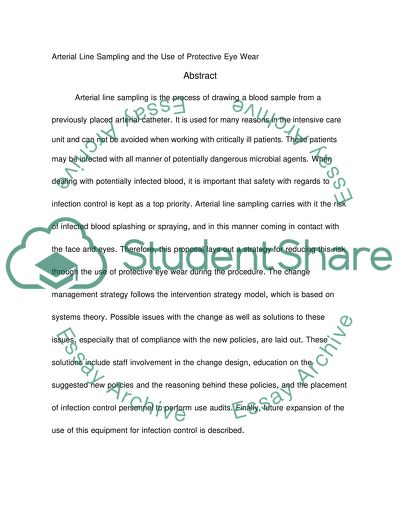Cite this document
(“Use of eye protector while taking artirial blood sampling Essay”, n.d.)
Retrieved from https://studentshare.org/health-sciences-medicine/1414094-use-of-eye-protector-while-taking-artirial-blood-sampling
Retrieved from https://studentshare.org/health-sciences-medicine/1414094-use-of-eye-protector-while-taking-artirial-blood-sampling
(Use of Eye Protector While Taking Artirial Blood Sampling Essay)
https://studentshare.org/health-sciences-medicine/1414094-use-of-eye-protector-while-taking-artirial-blood-sampling.
https://studentshare.org/health-sciences-medicine/1414094-use-of-eye-protector-while-taking-artirial-blood-sampling.
“Use of Eye Protector While Taking Artirial Blood Sampling Essay”, n.d. https://studentshare.org/health-sciences-medicine/1414094-use-of-eye-protector-while-taking-artirial-blood-sampling.


